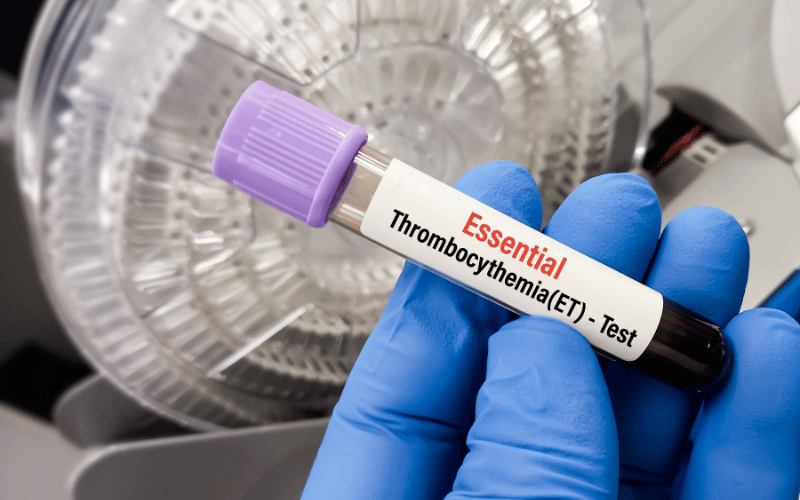3. Diagnosis of Thrombocythemia: Beyond Simple Blood Tests

Diagnosing ET involves more than just blood tests. A high platelet count alone isn’t enough for a diagnosis.
Doctors must rule out other causes of increased platelets. This process is known as differential diagnosis.
Blood tests provide initial clues. They reveal elevated platelet levels. But further testing is necessary. This includes bone marrow analysis. It helps confirm the presence of ET.
Genetic testing is another crucial step. It identifies specific mutations like JAK2, CALR, or MPL. This information confirms ET. It also guides treatment decisions.
The diagnosis process is thorough and meticulous. It ensures accurate identification of the condition. This accuracy is essential for effective management and treatment. (3)